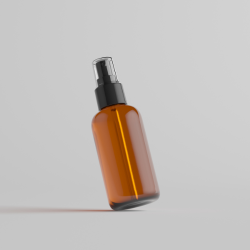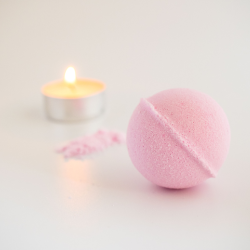
Paraffin wax, soy wax, and beeswax are three popular types of wax used in various applications, from candle making to cosmetics. Each type of wax has its own unique properties and benefits.
Paraffin Wax:
Derived from petroleum, paraffin wax is one of the most commonly used waxes. It is known for being cost-effective and easy to work with, making it a popular choice for candle makers. Paraffin wax has a relatively high melting point, which allows for longer burn times. However, it is a non-renewable resource and can release soot when burned, which some people try to avoid for environmental and health reasons.
Soy Wax:
Soy wax is a natural alternative to paraffin, made from hydrogenated soybean oil. It is biodegradable and generally considered more environmentally friendly. Soy wax candles are known for their clean burn, longer lifespan, and ability to hold fragrance well, making them a favourite for scented candles. However, soy wax can be more expensive than paraffin and may require more careful handling due to its softer texture.
Beeswax:
Beeswax is a natural wax produced by honeybees. It is revered for its pure and natural qualities, often emitting a subtle honey scent when burned. Beeswax candles are known for their long burn time and clean, non-toxic emissions. They also produce negative ions that purify the air. However, beeswax is the most expensive of the three, which can limit its use for larger production needs.
When choosing between these waxes, consider factors such as cost, environmental impact, and desired properties of the final product. Each wax offers unique advantages, allowing you to tailor your choice to your specific needs.

















Leave a comment